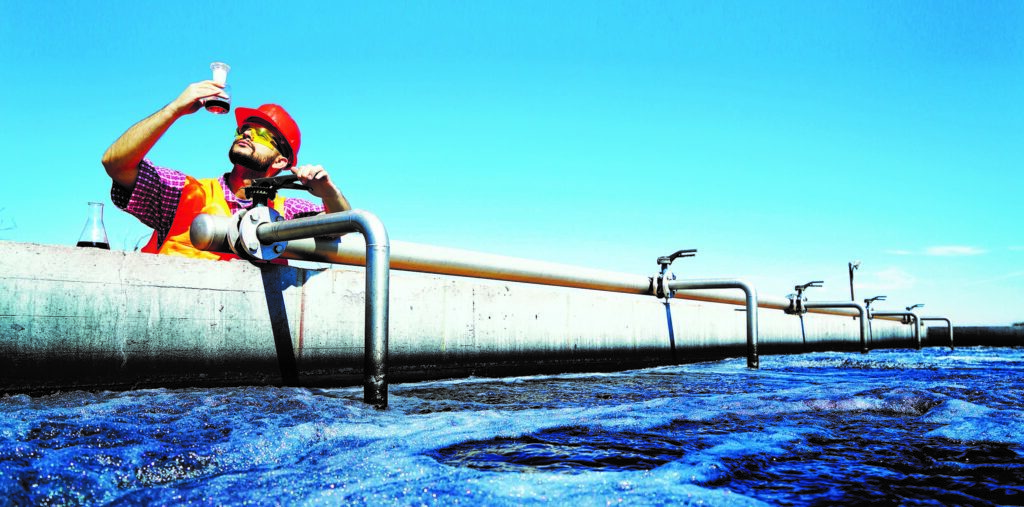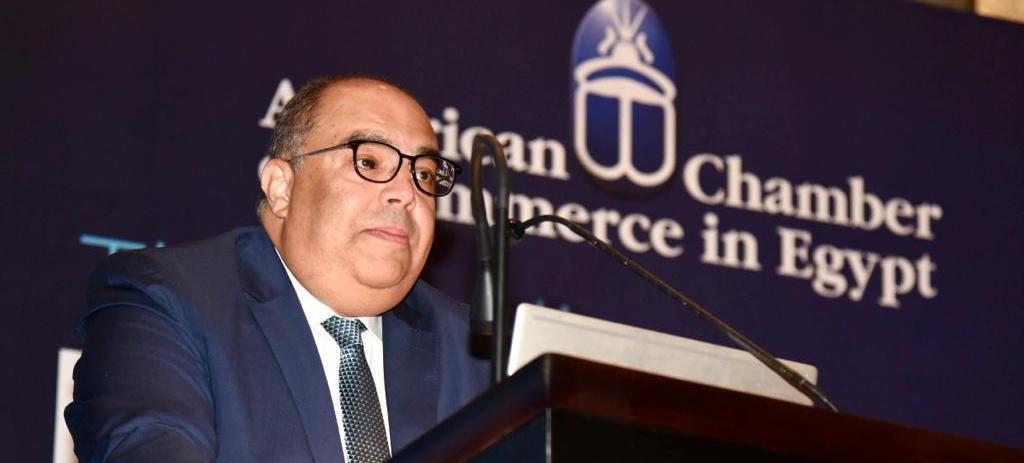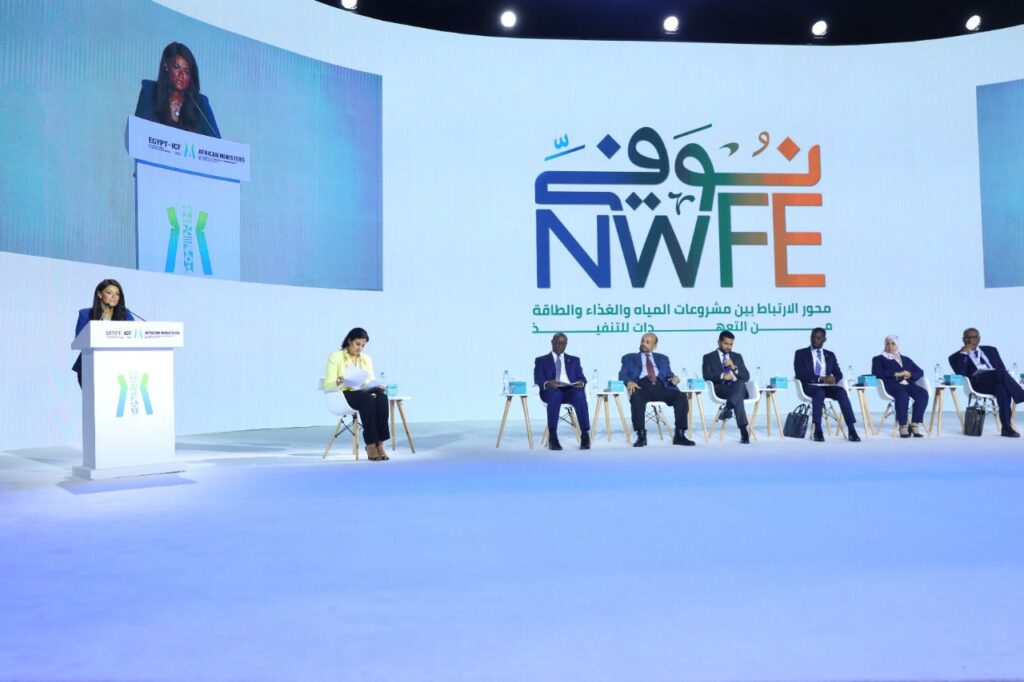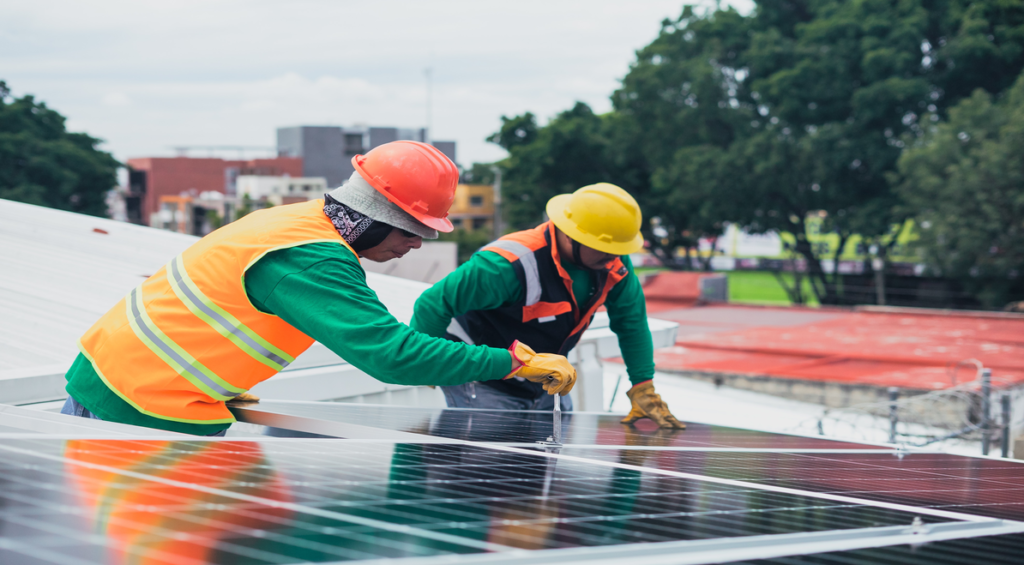With mostly desert landscapes, one river, a fast-growing (100 million-plus) young population, and a diverse expanding economy, Egypt sees water as essential to its future. “Water … for Egypt is an issue that transcends all … considerations,” said a March paper from the country’s Supreme Standing Committee for Human Rights.
The government has been investing in improving water management with somewhat mixed results. “Contrary to popular belief, Egypt’s water efficiency is one of the highest in the world at more than 90%,” Mohamed Abdel Atty told AmCham Egypt at an April 2018 event. [However, “Egypt suffers from water inefficiency due to water loss in agriculture and industry … Water lost on the farm level or in the municipal system is drained and recycled back into Egypt’s water management system.”
Despite the 90% efficiency, which Abdel Atty called “exceptional,” the reality is Egypt needs significantly more water investment. The Nile is unlikely to contribute more than it does now, the population is growing by 2.5 million a year, and according to Al Ahram in May 2021, Egypt imports 54% of its “virtual water” needs. Water Footprint Calculator defines “virtual water” as “hidden in products, services, and processes people buy and use every day.”
To attract more investment, the government in 2017 announced its National Water Resources Strategy 2037 to achieve self-sufficiency by 2050. However, some say the state should rethink its mindset to attract the FDI needed to reach that goal. “Achieving a water-secure world … requires bold policy actions and investment at all levels,” noted Saroj Jha, director of the World Bank Group’s Water Global Practice, in an August blog. “This starts with understanding how we value manage this scarce resource.”

Water in Egypt
During the First International Water Conference in Iraq in March 2021, Atty stressed that Egypt is nearing the water scarcity limit, as the per capita share of water is 560 cubic meters annually. The U.N.’s Food and Agriculture Organization (FAO) defines “absolute” water scarcity as countries with less than 500 cubic meters of water per capita annually. Currently, Egypt is under “stress” conditions, defined as 500 to 1,000 cubic meters of water per capita annually.
Recognizing the water supply per capita will only decrease without more investment, the government allocated $50 billion for water projects between 2017 and 2037. In April, Atty said that budget might double.
The National Water Strategy 2037 aims for Egypt to reach water self-sufficiency by 2050. That supply would likely come from the Nile, subterranean sources, recycled water, desalination, and innovative solutions developed along the way.
The strategy focuses on securing freshwater, including building desalination plants in coastal cities, rainwater collection and improving cooperation with “Nile Basin countries,” Al Ahram reported. By June, 82 desalination plants produced 917,000 cubic meters of fresh water daily. Government spokesperson Nader Saad told Al-Monitor that 14 more facilities are under construction to raise the daily output to 1.4 million cubic meters.
The 2037 strategy also will promote water purification and recycling projects, particularly industrial wastewater, controlling water pollution, and treating sewage and underground water. The strategy will additionally look at the “rationalization of agricultural water consumption through modern irrigation systems and using seeds that consume less water,” Atty told Al Ahram in 2017.
In July, Minister of Environment Yasmine Fouad told media the government had started lining and rehabilitating canals to prevent freshwater from seeping into the banks or evaporating. The ministry also built drinkable water projects under Haya Karima, the national social safety net initiative.
According to Al Ahram, the 2037 water strategy will openly communicate with the public about Egypt’s “water resources situation and steps being taken by authorities.”
In August 2021, Parliament approved the new Water Resources and Irrigation Law (Law 147 of 2021) to support the strategy’s goals. According to Atty, the new regulations will facilitate cooperation among government agencies and the private sector in water-related projects and infrastructure.
The 2021 law also mandates that a network must be a “covered drainage network.” In addition, it prohibits using irrigation water in unlicensed plots, using unlicensed irrigation methods, and unlawfully obstructing the flow of any river or waterway. Violations could lead to a prison sentence and a maximum fine of EGP 50,000 ($2,596), which would be doubled for repeat offenses.
Governance and FDI
The water shortage crisis-in-the-making is not limited to Egypt. In his August blog, Jha of the World Bank noted, “Water scarcity is a growing problem, with one in four people living in water-scarce areas.” The World Economic Forum estimated in June 2021, “the gap between global water supply and demand is projected to reach 40% by 2030 if current practices continue.”
According to a World Bank report in 2017, the world will need $150 billion yearly in water investment to reach the U.N.’s 2030 goals. It estimates the need for a “fourfold increase in water supply, sanitation and hygiene investments.”
Those investments should mostly go to low and middle-income countries, noted Jha. “Poor and vulnerable groups will be disproportionately affected,” he wrote. “As a public good, water is undervalued, underpriced and often poorly managed.”
Many emerging countries will compete aggressively for FDI, and an attractive investment environment and policies are likely to determine which nations attract more water foreign money.
Jha said an essential factor is good governance, which would result in “institutions and systems that use and manage water efficiently, cost-effectively, and transparently [to] effectively manage and fairly allocate [water resources], avoiding disputes.”
He explained that good governance is “particularly important for managing transboundary water, given the increasing pressure on common supply sources.” That could be the most crucial factor in the case of Egypt, where 97% of water comes from other countries, according to Atty.
Good governance also is vital for achieving several Sustainable Development Goals “beyond clean water and sanitation for all,” said Jha, such as “reducing poverty and increasing food security.” That is vital for Egypt, one of a handful of countries that periodically submits Voluntarily National Reviews on SDG progress to the United Nations.
The World Bank also stresses the importance of governments adopting its Policies, Institutions and Regulations (PIR) framework to “understand and address deep-rooted challenges in water and sanitation service delivery.”
That is particularly important for large urban areas like Greater Cairo and densely populated countries like Egypt. “As greater urban demand meets climate change effects, many cities increasingly face the imminence of ‘zero day’ events or risk crossing a ‘tipping point’ whereby water and sanitation services start to degrade,” the World Bank report said. “These problems require careful planning, clear policies and stronger frontline institutions, which are all components of PIR.”
According to Jha, the third axis to attract water FDI is for the government to enact “conducive policy and legal environments” that create investment opportunities in technology and innovation for the private sector. “Together with the … billions still lacking access to water supply and sanitation, these evolving challenges demand adaptive governance,” noted Jha. “That includes innovative policies, evolving institutions, and better regulations.” The OECD report stressed that those reforms and innovations must involve lowering costs and improving water-related services.
Financing challenge
One of the government’s strategies when promoting water investments is involving the private sector and engaging multilateral financing institutions. “We need … to think about mobilizing finance, [so as] not to be a burden on the government,” Atty told AmCham in 2018. “We need to have sustainable finance to make our system work.”
However, the movement of funds into water-related investments globally and in Egypt has been slow. “The world remains far behind SDG 6 — clean water and sanitation for all,” Joel Kolker, program manager for Global Water Security and Sanitation Partnership (GWSP), wrote in a June blog. “At the center of the global challenge is the financing of water and sanitation infrastructure projects in emerging markets.”
That hasn’t been due to a lack of trying. “National governments, development partners and regional bodies have focused on mechanisms to attract private capital to the water, sanitation and hygiene (WASH) sector,” said Kolker. The most prominent funding models used blended finance, which focuses on sustainable development, leveraging and guarantees.
However, few of these announcements have “met with success,” Kolker noted. “There is not one internationally recognized financing instrument that has facilitated significant, sustainable private financing in the WASH sector in the last decade.”
An OECD report in 2018 said few international investors see the benefits of such projects in the foreseeable future: “While there is a strong case for investment in water security, this does not always translate into a compelling financial case.” That creates a dilemma of “how to ensure that the most beneficial investments from a social welfare perspective attract finance at scale?”
That lack of financial feasibility is mainly due to the mentality of those negotiating the agreements. “these initiatives concentrate on the supply of money rather than facilitating the demand for these resources,” said Kolker.
The OECD report says this mindset is due to water being an “undervalued resource.” Water is also underpriced, with governments capping any sudden increases; its infrastructure is capital intensive, taking a long time to yield returns; and states can’t “easily” monetize the projects, “undermining potential revenue flows.”
The document also noted the “lack of appropriate analytical tools and data to assess complex water-related investments,” and most water-related projects are “often too small and too context-specific.”
Lastly, from the investor side, their business model might “fail to support operation and maintenance efficiency,” noted the OECD report. That “is a condition for sustaining service at the least cost over time.”
Next step
Kolker of the Global Water Security and Sanitation Partnership said governments need to “stop emphasizing deals and transactions. Instead, we should work to make the sector more attractive to investors and more accountable to the public.”
He says WASH service providers must make projects creditworthy and more profitable. The OECD report noted revenue streams usually come from “tariffs for water supply and sanitation, abstraction charges, pollution taxes, value capture mechanisms [and] payments for … services.”
The key to creating those revenue channels is “improving [the] willingness to pay for water management and … services,” the OECD report noted. That “requires clear explanation about how revenues collected will be used for stated goals that benefit users.”
Kolker said that invariably means that the government needs to improve its “administrative, governance and regulatory regimes overseeing the sector [to become] more transparent and accountable.”
Nations must start today to work on such reforms, as Kolker warned: “This doesn’t happen overnight or with consultants who arrive for short visits, prepare reports, hold conferences and move on.” Instead, building investor confidence in water projects is “difficult,” he said. “It takes years and requires strong commitments across multiple levels of government, communities and citizens.”








